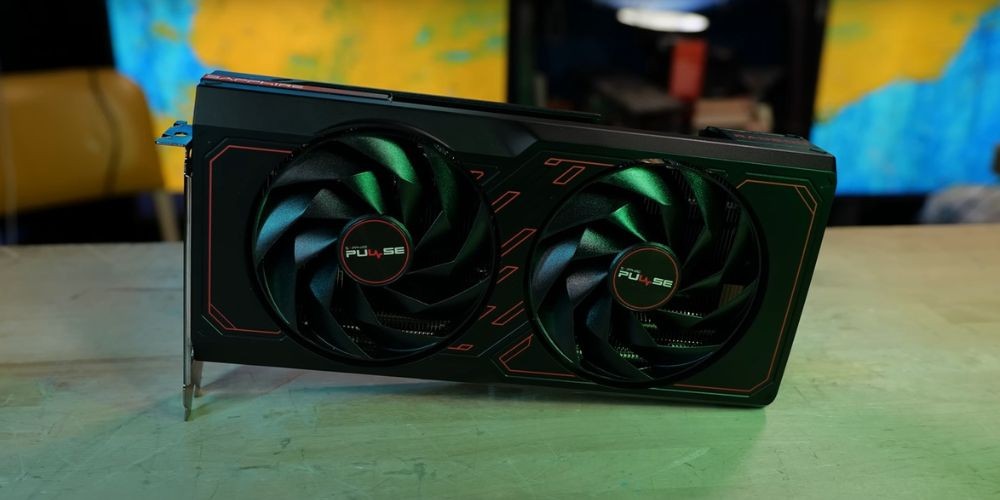
Radeon Runs Into HDMI Hurdles: Linux Gamers' High-Res Woes
- 2024-03-06
Linux gaming has often been a game of patience and perseverance, especially for AMD Radeon graphics card users aiming to push the boundaries of high-resolution and high-refresh-rate gaming. With the promise of HDMI 2.1 unlocking the full potential of modern displays, the thwarted endeavor by AMD to integrate these capabilities into their Linux drivers has left many in the community disheartened.
The struggle revolves around the conundrum that while Radeon GPUs boast HDMI 2.1 support, their prowess is shackled on Linux systems, confined strictly to Windows environments. This discrepancy stems from the HDMI Forum's tight grip on its specifications, keeping a lid on its open-source implementation. AMD's failed negotiation paints a stark picture — proprietary fears overshadowing technological advancement.
The most grievous thing for Linux gaming aficionados is that using HDMI ports to connect to state-of-the-art 4K displays at refresh rates of 120 Hz or more has become an exercise in frustration. This limitation seems arbitrary when the hardware is more than capable, a clear sign that red tape is stifling progress. The impasse has rendered AMD's membership in the HDMI Forum quite ironic, as open-source solutions are off the table despite their technical contributions.
AMD's setbacks have inadvertently pointed Linux gamers towards a workaround — resorting to DisplayPort outputs and DP-to-HDMI cables, although this solution is marred by its own set of challenges. Subpar cables exacerbate the issue, leading to a quagmire where simply enjoying the full capabilities of a gaming setup becomes a herculean task. The situation is further complicated by the relatively smooth sailing of competitors like Nvidia and Intel, whose Linux drivers seem to navigate these waters with HDMI 2.1 support intact.
The conundrum presents Linux gamers with a stark choice: wrestle with imperfect solutions or turn to competitors, albeit begrudgingly. The situation serves as yet another reminder of the complex interplay between open-source innovation and proprietary protectionism. While technology marches on, those championing open software are left pondering what could have been, hoping for a future where legal barriers dissolve to reveal a clear path to gaming excellence.











